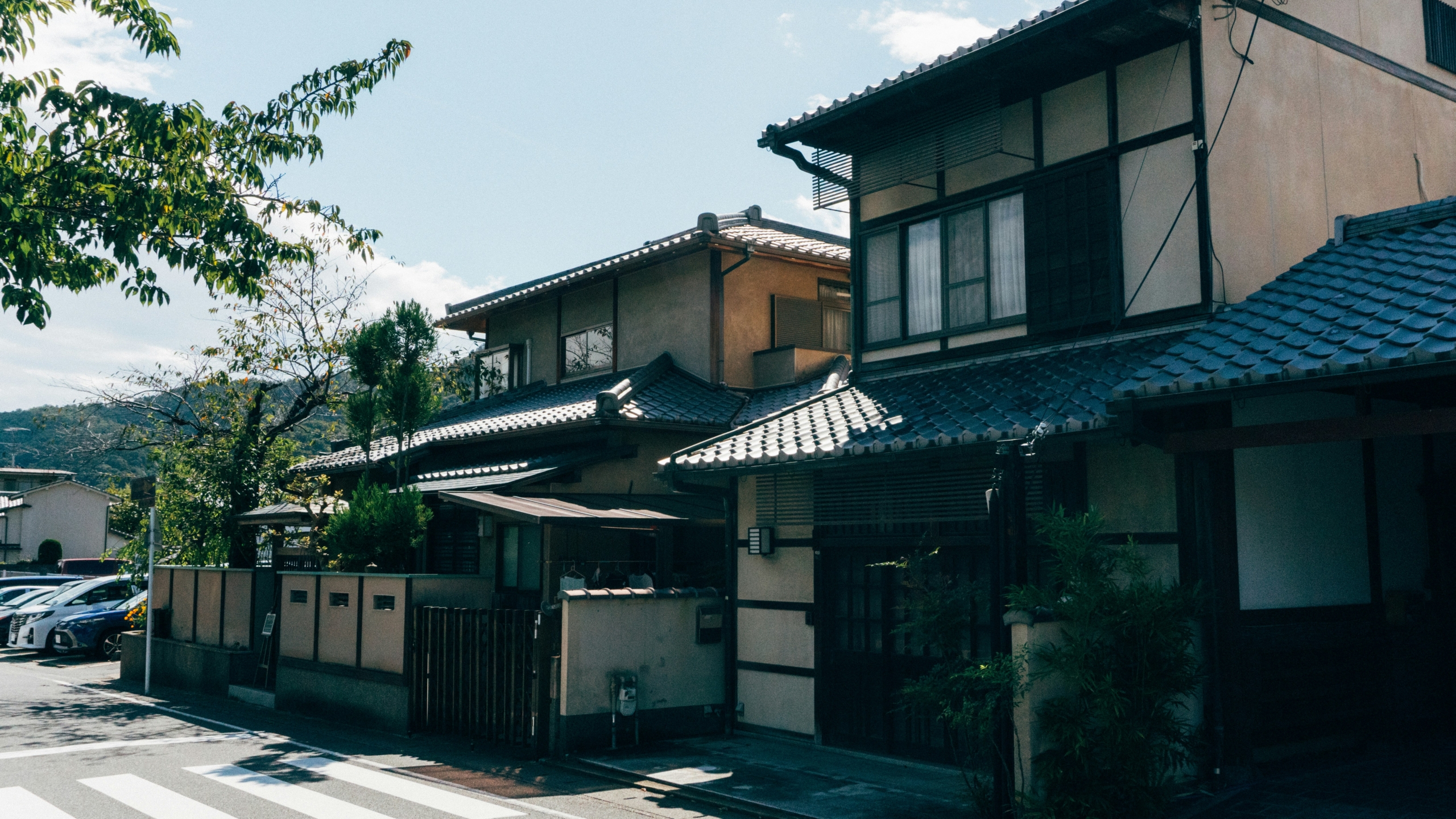Moving to Japan — Choosing an Apartment New to Japan and figuring out where to live? This intro points you to what actually matters when picking a place—how to weigh commute, layout, fees, and building quality—so the detailed guide that follows can help you balance budget, comfort, and peace of mind without the overwhelm.
It’s not easy, but we hope this gives you a solid starting point.
Choose your location by lifestyle
Families who value quiet streets and proximity to schools will likely pick different neighborhoods than people who prioritize nightlife and short commutes by train or bicycle. In Japan’s more central cities—Kobe’s Sannomiya, for example—the big advantage is convenience: Hankyu, Hanshin, and JR lines intersect there, shops and restaurants are everywhere, and there’s a wide variety of apartments. It’s a very practical choice, though not a cheap one. About five minutes off the main avenues you’ll often find calmer residential pockets. Living close to a station speeds up daily life, but it also brings heavier foot traffic and more ambient noise.
Balance space, price, and access
Urban cores trade space for proximity. A typical one-room in Sannomiya is around 16 m², while the suburbs often offer about 30 m² at similar prices. If space and quiet matter to you, look beyond the core and check real travel times during rush hour. Being far from a train station isn’t always a problem if there’s a direct, frequent bus. Parking is generally easier (and often cheaper) outside the center, and for people who drive daily, logistics are usually simpler than in the urban core.
Pay attention to the building management company
As the name suggests, they handle day-to-day upkeep for tenants. One way to gauge service quality is to check how clean the entrance and corridors are. Another tip we share with clients is to read the notice board: good management keeps information fresh, updated, and easy to understand. In buildings with many foreign residents, some companies even provide notices in multiple languages. If these signs look good, you can expect helpful support when issues arise.
Check noise comfort in real conditions
Acoustic comfort is best evaluated in person. If possible, do a live test—listen to the ambient noise in the morning and at night, even with doors and windows closed. If you have time, scan the surroundings: units next to elevators, trash rooms, stairwells, or leisure areas are typically noisier. Come back during rush hour or late evening to hear the real sound levels.
Renting unfurnished or furnished
In Japan, apartments commonly come with the bare minimum. Tenants often buy and install their own bed, refrigerator, microwave, and even the stovetop. That means higher initial costs. For students or anyone planning a short stay, some properties offer a furnished setup for a higher monthly rent, making day-to-day life easier. At the end of the day, compare your priorities, your needs, and what makes the most sense for your budget and timeline.
At the end of the day, compare your priorities, your needs, and what makes the most sense for your budget and timeline.





Join The Discussion